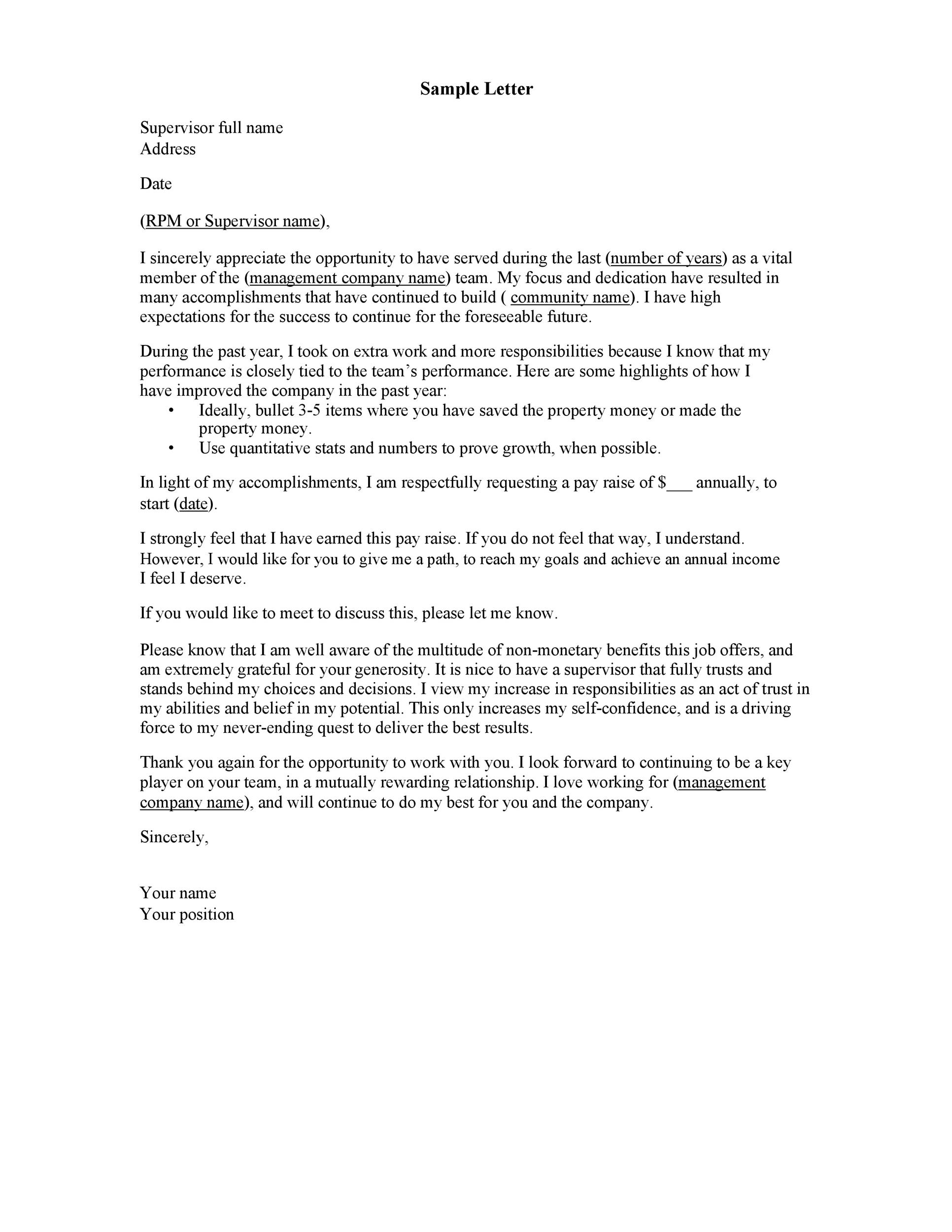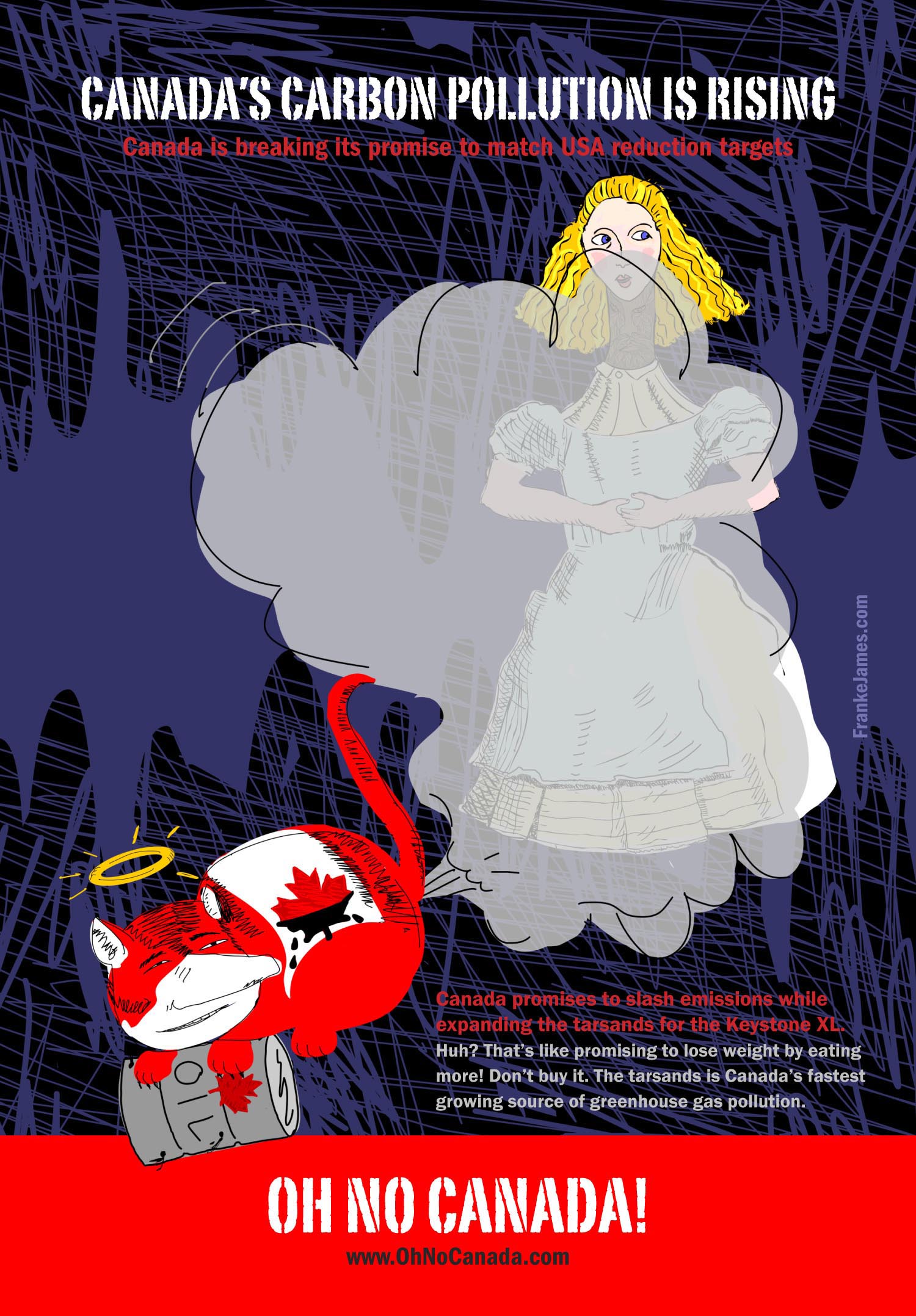PlantFAdb: Pongamia glabra - Pongame Oiltree.
CLP Classification, Labelling and Packaging The CLP Regulation ensures that the hazards presented by chemicals are clearly communicated to workers and consumers in the European Union through classification and labelling of chemicals.
This review has provided a comprehensive view about the phytochemistry and pharmacology of Pongamia pinnata. However, further study on the phytochemistry and the mechanisms of the chemical constituents in exhibiting certain biological activities are required to fully understand the phytochemical profile and the complex pharmacological effects.

Classification of the substance or mixture: GHS Classification in accordance with 29 CFR 1910 (OSHA HCS). Recommendation for pongamia glabra root extract usage levels up to: not for fragrance use. Recommendation for pongamia glabra root extract flavor usage levels up to.
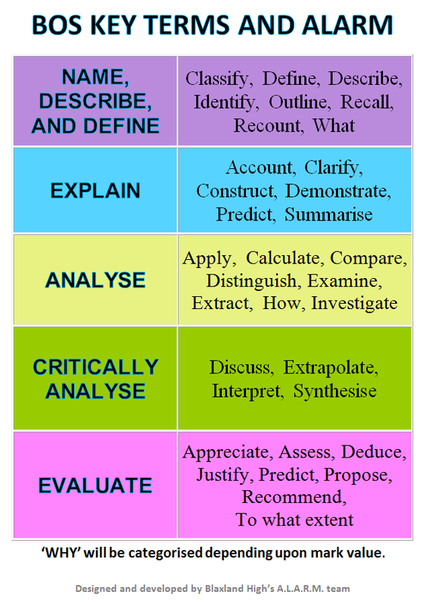
Pongamia pinnata (Indian Beech Tree or Pongam Tree, Panigrahi) is a tree thought to have originated in India and is found throughout Asia. Description It is a deciduous tree that grows to about 15-25 meters in height with a large canopy that spreads equally wide.
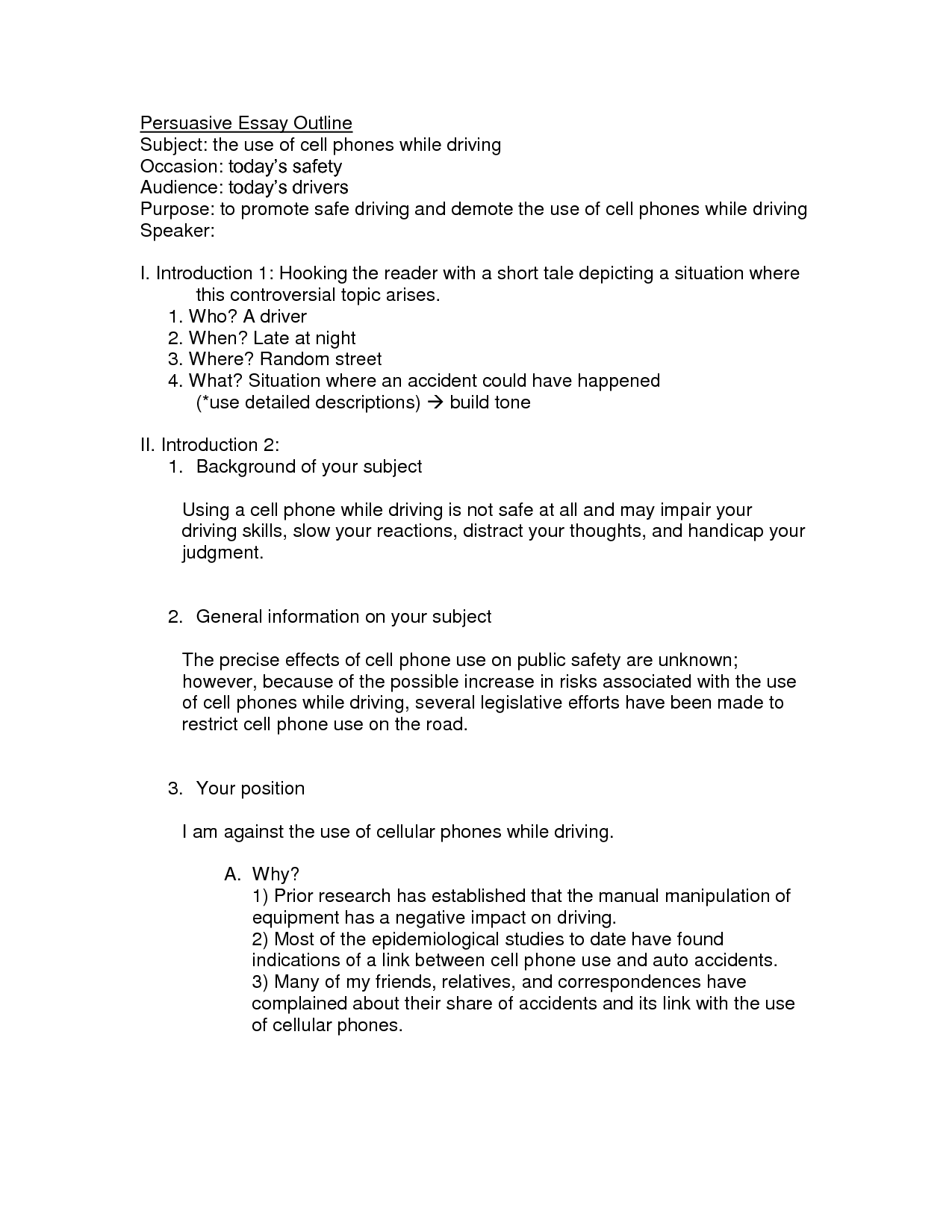
A comparison was made of the synergistic activities of oil from the seeds of karanja (Pongamia glabra), piperonyl butoxide and sesame oil with pyrethrins against 3 insect pests. In tests against Musca domestica L. in the laboratory of preparations of pyrethrins and synergists at 1:4, 1:8 and 1:12, karanja oil was 0.72, 0.72 and 0.70 times as potent, respectively, as piperonyl butoxide.

Learn more about Neem uses, effectiveness, possible side effects, interactions, dosage, user ratings and products that contain Neem.

Millettia pinnata, also known as Pongamia pinnata or Pongamia glabra, is common throughout Asia and thus has many different names in different languages, many of which have come to be used in English to describe the seed oil derived from M. pinnata; Pongamia is often used as the generic name for the tree and is derived from the genus the tree was.

Pongamia prevents ulcers by protecting damage from aspirin. It may also provide diabetic patients with a safer anti-hyperglycemic drug. It may also provide diabetic patients with a safer anti-hyperglycemic drug.

Millettia pinnata is a species of tree in the pea family, Fabaceae, native in tropical and temperate Asia including parts of India, China, Japan, Malesia, Australia and Pacific islands. (1) (2) (3) It is often known by the synonym Pongamia pinnata as it was moved to the genus Millettia only recently.

The antimicrobial activity of extracts of Pongamia pinnata was tested against bacterial strains such as Bacillus subtilis (NCIM 2117), Escherichia coli (NCIM 2079), Pseudomonas aeruginosa (NCIM 2036), Staphylococcus aureus (NCIM 2079) and a fungal species Candida albicans (NCIM 3100).
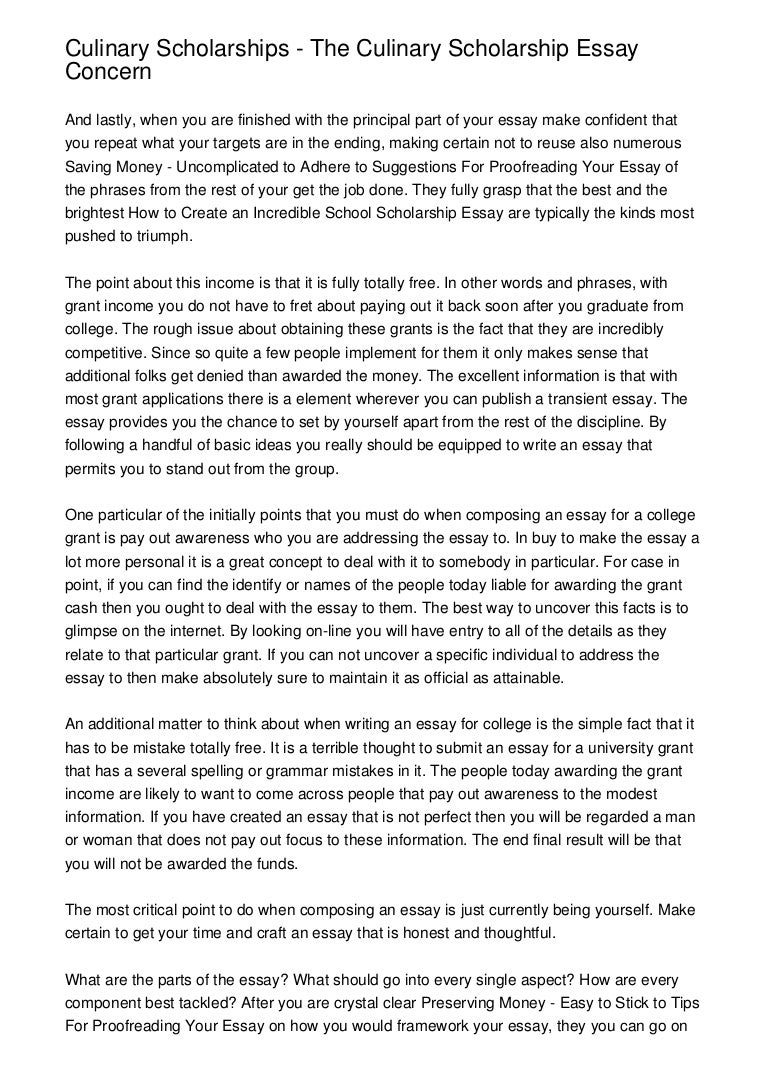
Kingdom: Plantae: Autotrophic plants, green algae, and red algae which generally acquire nutrients through photosynthesis and display alternation of generation.

Karanj Seed Oil Technical Data Sheets: Botanical Name: Pongamia glabra or Milliettia pinnata Common Method of Extraction: Cold pressed Parts Used: Seeds Note Classification: NA Aroma: Strong and bitter Largest Producing Countries: Temperate and tropical countries. India, Japan, North-eastern Australia and some Pacific islands are the largest producing countries. Karanj tree grows in abundance.

Pongamia pinnata (L.) Pierre is an accepted name This name is the accepted name of a species in the genus Pongamia (family Leguminosae ). The record derives from ILDIS which reports it as an accepted name (record 4759 ).
